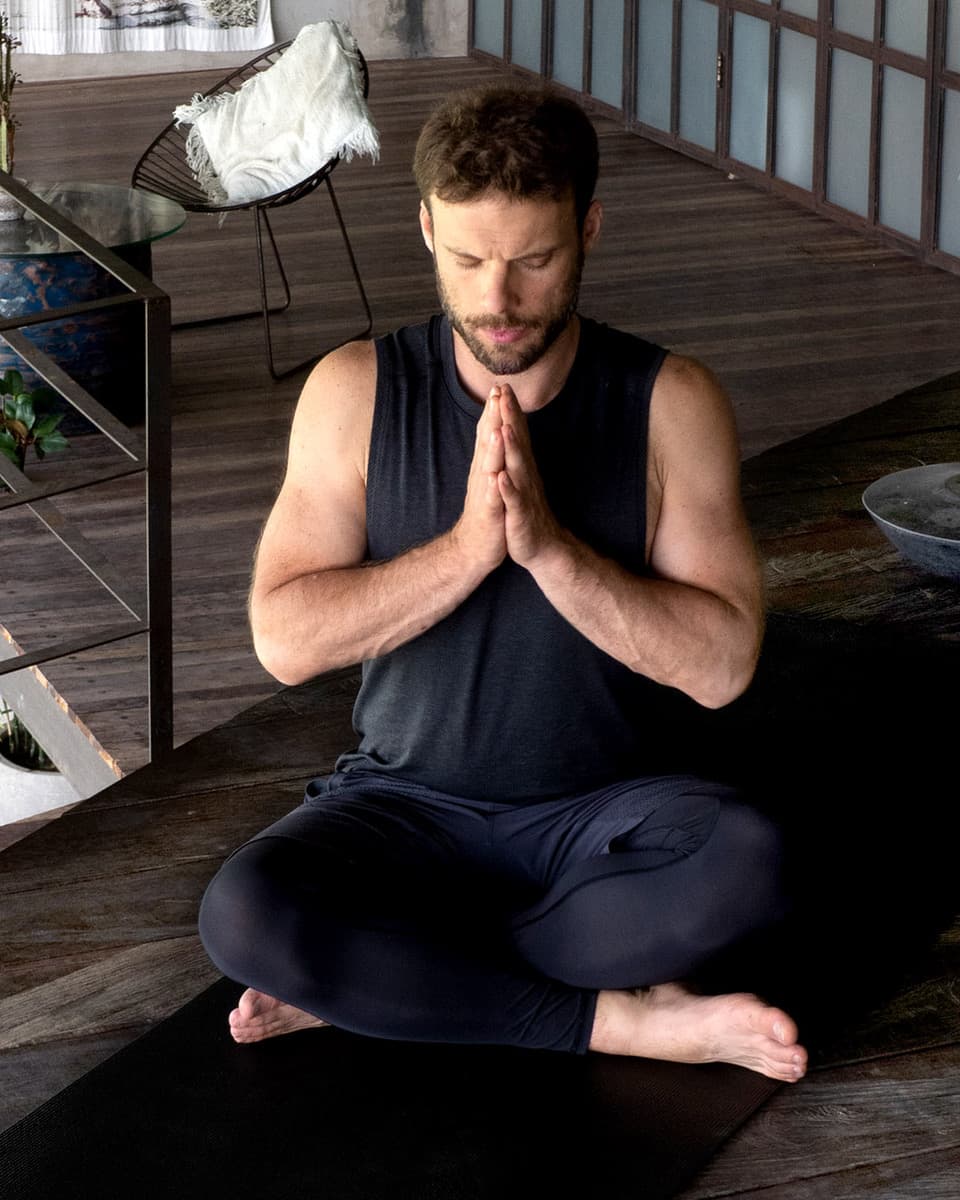
Paripurna Navasana
February 11, 2021This Hatha yoga and Kundalini yoga pose is named after the shape it takes, the shape of the boat. Its name comes from the Sanskrit words “paripurna” which means “complete”, “whole” and the word “nava” which means "boat," and “asana”, which means "posture" or "seat.” While doing this Hatha yoga and Kundalini yoga pose, the shape of the body balancing on the buttocks is thought to resemble a boat floating on the water.
India, the homeland of Hatha yoga and Kundalini yoga, is a land of rivers and where are the rivers, inevitably there will be boats crossing rivers, transporting food and assisting people on their journeys. Also along the rivers there are many holy places associated with different deities and saints. Very often there are places of pilgrimage along the river banks where people are celebrating all the riches of life: from baptizing newborns to waving goodbye to loved ones while they are departing from this world into a new realms of existence. Poets and philosophers are very often envisioning life in samsara (the world of senses and illusion) as the journey of a small boat across turbulent water, with God or spiritual practice as the skillful navigator who ferries us safely across. While this pose is great for working up your core muscles, try to keep in mind that in yoga, the “core” refers to more than just abs and six packs. As B.K.S. Iyengar says that “ yoga practice leads us on an inward journey from the periphery of our body to the core of our being.”
Benefits & Commonalities:
- Strengthening the core, hip flexors and spine
- Improves digestion
- Stimulates kidneys, prostate, thyroid and intestines
- Taught in best yoga schools globally
- Commonly taught in all online yoga 200 hour certifications
Step by step instructions:
- Sit with your knees bent, feet on the floor. Place your hands behind your knees, lift the chest, open the shoulders, engaging the back muscles as you inhale
- Engage your inner thighs and draw your lower belly in and up towards the spine
- Tip back on the back of your sitting bones and lift your feet up to about knee height, toes spread out
- Bring your arms parallel to the floor, palms facing inward
- To go further, straighten your legs while keeping your inner tights engaged
- Stay for 2-5 breaths, work up to 10 breaths
- To come out of the pose, on an exhalation bring your feet down, and sit with a straight spine, holding on to your legs for a couple of breaths
- Smile, make sure your neck and face muscles are relaxed.
Contraindications:
- This posture is recommended to avoid if you are having headaches, diarrhea, low blood pressure, or asthma,
- Also, be extra cautious if pregnant or menstruating
- If you have questions and are not sure if this yoga posture is right for you, please reach out to a yoga teacher or yoga instructor near you who has completed yoga teacher training (YTT).
Modifications and Variations:
- You can hold the backs of your thighs with your hands if that helps you keep the straight spine.
- Don't be in a hurry to straighten your legs. Keeping the back straight and away from the floor is more important.
- Support your back by placing your hands on the floor behind you
- Use the block between your tights, squeeze it to engage inner tights.
ARCHIVES
RECENT ARTICLES
JANU SIRSASANA - HEAD TO KNEE FORWARD FOLD
October 28, 2022
JANU SIRSASANA - HEAD TO KNEE FORWARD FOLD
October 28, 2022
JANU SIRSASANA - HEAD TO KNEE FORWARD FOLD
October 28, 2022
JANU SIRSASANA - HEAD TO KNEE FORWARD FOLD
October 28, 2022
LOVINGKINDNESS MEDITATION
October 18, 2022







